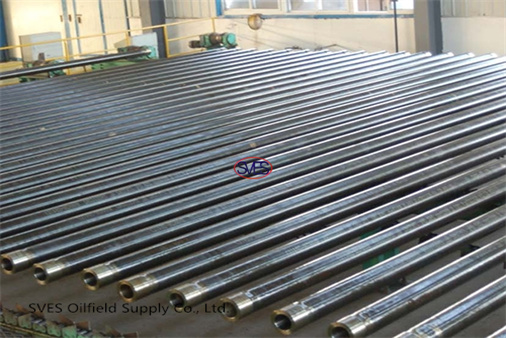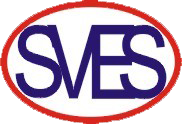
Production process technology and usage suggestions for drill pipes
2024-08-10 10:00Drill PipeProduction process technology and usage suggestions for drill pipes
Production process technology mainly includes:
Pipe thickening process. In order to ensure the overall strength of the drill pipe, it is necessary to increase the wall thickness of the pipe before welding. There are three thickening methods: internal thickening, external thickening, and internal and external thickening.
Joint processing includes heat treatment and thread processing. Heat treatment process includes quenching and tempering process. First, heat the joint to 900℃ (different manufacturers have different temperatures), keep it for a period of time, and then cool it quickly. Then heat it to about 600℃ again and cool it (the steel structure "martensite" is transformed into "tempered troostite"). The purpose of heat treatment is to improve the hardness, strength, wear resistance and toughness of the pipe. After heat treatment, it is necessary to inspect the mechanical properties of the joint, and only the joints that meet the requirements can be threaded. The processed threads play a connecting role, and tightening the shoulder surface can play a sealing role. In order to ensure accurate docking between drill pipes, it is necessary to check the processed joints one by one (thread close distance, pitch, taper, tooth height). In actual use, the thread is prone to sticking (stuck, unable to unscrew), so the thread needs to be copper plated, phosphated, and made and unfastened.

The outer diameter of the pipe body is different, and the thread buckle type of the corresponding joint will also be different. At present, the 2-3/8" to 5" drill pipe joints generally use digital threads, and the 5-1/2" to 6-5/8" drill pipe joints use through-eye threads. In addition, since the rod joint is thicker than the pipe body, the joint is more prone to wear during drilling. In order to extend the service life, a wear-resistant belt is often welded at the joint. The process of welding the wear-resistant belt is also very important.
The most critical process is friction welding. After the pipe body and the joint are matched, the joint is rotated at high speed and pressure is applied. The intense friction generates high heat to achieve a close fusion of the joint and the pipe body. Of course, the welding burrs need to be removed at the end. The electromagnetic induction is used to heat the weld at medium frequency. The coil is the place where the electromagnetic induction is most concentrated. It only takes more than 30 seconds to heat to 960℃. The heat conduction speed of steel is not so fast, so a burning red area is formed at the joint. This process can improve the mechanical properties of the steel at the joint.
In addition, the control of the quality inspection link cannot be ignored. Quality inspection work is actually accompanied by all links of drill pipe production. For example: when completing the pipe end thickening process, the thickened pipe end needs to be quality inspected; after the joint is heat treated, it needs to be quality inspected; after the thread is turned, it also needs to be quality inspected, and unqualified products are removed with a variety of instruments and means. This is one of the reasons why high-quality drill pipe manufacturers have high costs.
Usage of drill pipe
After all, drill pipes are hard, dirty, and tiring work. Even if the steel quality is high, the processing technology is strong, and the quality inspection is strict, it is inevitable that the drill pipe body will break and leak (the drill pipe is punctured by mud, and the drill pipe thread fails. The specific reasons can be summarized as follows: First, the metal fatigue of the drill pipe, that is, the drill pipe has reached its service life or exceeded its maximum use strength. Secondly, the geological conditions at the drilling site are complex. When various accidents occur (such as fish falling down the well, staff operating errors, etc.), the drill pipe may also be bent, deformed or broken.
